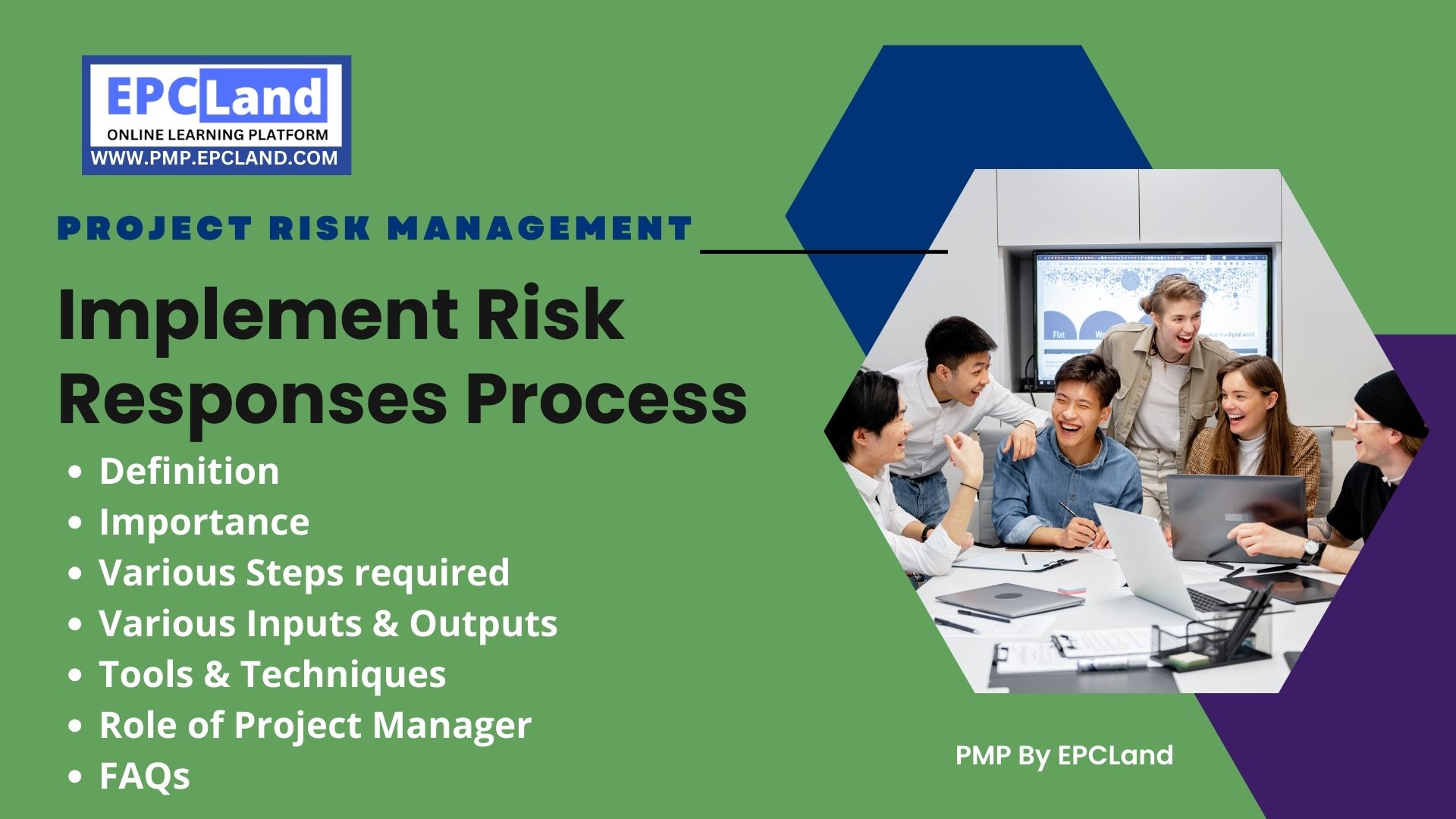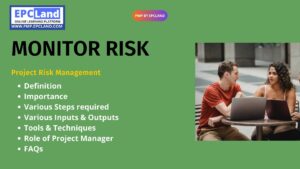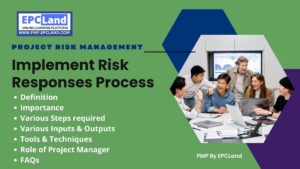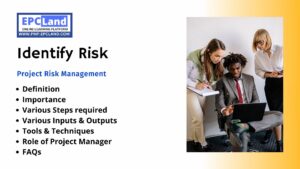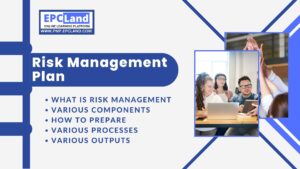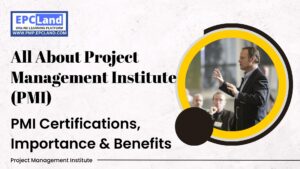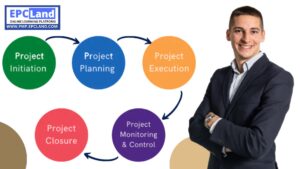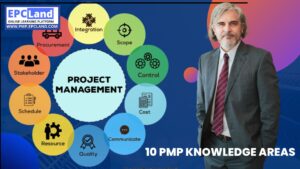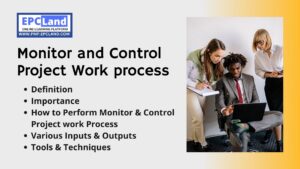The implementation of risk responses is a crucial part of the project risk management process. This step involves putting into action the plans and strategies developed in the previous stage of risk response planning. Effective implementation of risk responses helps mitigate potential risks and improves the chances of project success. This process involves careful execution of the selected risk response strategies, continuous monitoring of the risks, and making any necessary adjustments. To achieve successful risk response implementation, project managers must have a clear understanding of the various steps involved, the tools and techniques available, and the inputs and outputs required. By following a structured approach and using the right tools and techniques, project managers can ensure that their risk response plans are successfully implemented and their projects are on track for success.
What is the Importance of “Implement Risk Responses Process” in Project Risk Management
The implementation of risk responses is a critical step in project risk management as it helps to mitigate potential risks and increase the chances of project success. By taking proactive measures to address identified risks, project managers can ensure that their projects remain on track and meet their goals and objectives.
The process of implementing risk responses also helps to establish a continuous monitoring and adjustment process, allowing project managers to respond quickly and effectively to changes in the risk environment. This helps to increase the transparency and accountability of the risk management process and improve the overall quality of risk management practices. In short, effective implementation of risk responses is essential for ensuring that projects are completed on time, within budget, and to the required quality standards.
Attempt Quiz-1 on Implement Risk Response Process
What are the Various Steps required in the “Implement Risk Responses Process” in Project Risk Management
The steps involved in implementing risk responses in project management include:
- Executing the selected risk response strategies
- Monitoring and controlling the risks
- Updating project documents to reflect risk response actions
- Communicating risk response actions to stakeholders
- Reviewing and evaluating the effectiveness of risk responses
- Adjusting risk response strategies as needed
- Continuously monitoring risks throughout the project lifecycle
These steps help to ensure that the risk response plans are effectively executed and that the risks are continuously monitored and controlled throughout the project lifecycle. Project managers must be prepared to adjust their risk response strategies as needed, based on changes in the risk environment and the results of their ongoing risk monitoring activities. By following a structured and systematic approach, project managers can improve the effectiveness of their risk management practices and increase the chances of project success.
What are various Tools & Techniques used for the “Implement Risk Responses Process” in Project Risk Management
The tools and techniques used in the implementation of risk responses in project management include:
- Risk monitoring and control techniques: such as risk register, project performance reports, and variance analysis.
- Project management software: such as Microsoft Project, Asana, Trello, to help manage project tasks, schedules and risks.
- Change management techniques: to help manage changes in the project scope, schedule and budget.
- Communication techniques: such as project status reports, team meetings, and stakeholder engagement to keep everyone informed.
- Continuous improvement techniques: such as root cause analysis, process improvement and best practice sharing to improve the risk management process.
What are various Inputs required for “Implement Risk Responses Process” in Project Risk Management
The inputs required for implementing risk responses in project management include:
- Risk management plan: outlines the approach for identifying, analyzing and responding to risks.
- Risk response plans: outlines the strategies for responding to identified risks.
- Project management plan: outlines the overall approach for managing the project, including schedule, budget, and resources.
- Project schedule: helps to monitor the implementation of risk response plans and the overall progress of the project.
- Project budget: helps to monitor the cost of implementing risk response plans and the overall financial performance of the project.
- Project performance reports: provides information on the status of project tasks and the implementation of risk response plans.
- Project documentation: including project charter, requirements documents, and project status reports.
- Stakeholder engagement plan: outlines the approach for communicating risk response plans and progress to stakeholders.
What are various Outputs required for “Implement Risk Responses Process” in Project Risk Management
The outputs of the Implement Risk Responses process in project management include:
- Updated project management plan: reflecting changes to the project schedule, budget, and resources as a result of implementing risk response plans.
- Risk register updates: documenting the implementation of risk response plans and any changes to the likelihood or impact of risks.
- Project performance reports: documenting the progress of implementing risk response plans and the overall status of the project.
- Project documentation updates: documenting changes to project requirements, deliverables, and stakeholders as a result of implementing risk response plans.
- Stakeholder engagement plan updates: documenting changes to the approach for communicating risk response plans and progress to stakeholders.
- Completed risk response actions: documenting the implementation of risk response plans and any follow-up actions required.
- Revised project schedule and budget: reflecting changes to the project schedule, budget, and resources as a result of implementing risk response plans.
What is the role of Project Manager in “Implement Risk Responses Process” in Project Risk Management
The role of the project manager in the Implement Risk Responses process in project management is crucial. The project manager is responsible for:
- Ensuring risk response plans are implemented effectively and efficiently: the project manager must ensure that the risk response plans are executed as planned and that any issues or problems are identified and addressed.
- Monitoring and controlling risks: the project manager must regularly monitor and control risks throughout the project lifecycle to ensure that they remain within acceptable levels.
- Communicating risk response plans to stakeholders: the project manager must communicate risk response plans and progress to stakeholders to ensure they are informed and aware of the project status.
- Maintaining project documentation: the project manager must maintain project documentation, including the risk register and performance reports, to provide evidence of risk response plans and progress.
- Making adjustments to the project plan: the project manager must adjust the project plan as necessary to accommodate changes resulting from the implementation of risk response plans.
- Ensuring project objectives are met: the project manager must ensure that the project objectives are met by implementing risk response plans effectively and efficiently.
Attempt Quiz-2 on Implement Risk Response Process
Final Take away on “Implement Risk Responses Process” in Project Risk Management
In conclusion, the Implement Risk Responses process in project management is a crucial step in ensuring that risks are effectively managed and that project objectives are met. The process involves implementing risk response plans, monitoring and controlling risks, communicating with stakeholders, and making adjustments to the project plan as necessary. The project manager plays a key role in this process, leading the team and ensuring that risks are effectively managed to increase the chances of project success. Effective implementation of risk responses helps to minimize the impact of risks and increase the chances of project success.
FAQs on “Implement Risk Responses Process” in Project Risk Management
- What is the Implement Risk Responses process in project management?
- The Implement Risk Responses process involves implementing the risk response plans developed during the Plan Risk Responses process. The goal is to minimize the impact of risks on the project and increase the chances of project success.
- What are the steps involved in the Implement Risk Responses process?
- The steps involved in the Implement Risk Responses process include: executing the risk response plans, monitoring and controlling risks, communicating with stakeholders, maintaining project documentation, making adjustments to the project plan, and ensuring project objectives are met.
- What tools and techniques are used in the Implement Risk Responses process?
- Tools and techniques used in the Implement Risk Responses process include: risk monitoring and control, project performance reports, and project management software.
- What is the role of the project manager in the Implement Risk Responses process?
- The role of the project manager in the Implement Risk Responses process is to lead the team, ensure that the risk response plans are implemented effectively and efficiently, monitor and control risks, communicate with stakeholders, maintain project documentation, make adjustments to the project plan, and ensure project objectives are met.
- What are the benefits of the Implement Risk Responses process in project management?
- The benefits of the Implement Risk Responses process include: reducing the impact of risks on the project, increasing the chances of project success, and improving the overall risk management process.
